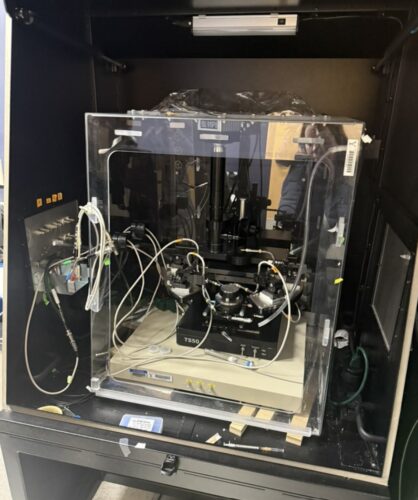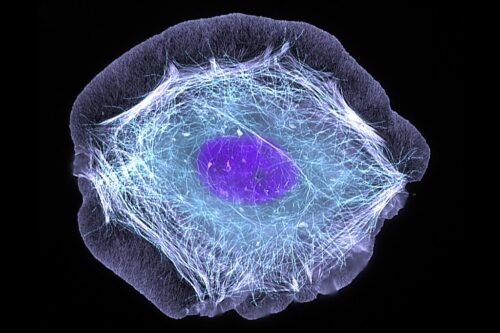Finding a way to expel excess electrons isn’t exactly what keeps most of us up at night. Thankfully, we humans use oxygen to perform this vital function. However, for many bacteria without access to oxygen, this form of extracellular respiration is vital. Surprisingly, certain bacteria can use nanowires made up of a chain of heme molecules, just like hemoglobin in our blood, to perform this function.
The nanowires’ ability to electrically connect the living to the nonliving world, as well as their high degrees of sensitivity, precision, and tunability, make them especially useful for biomaterials, bioelectronics, and biofuels. Already, these bacteria are being used to degrade toxic, even nuclear, waste.

Now, Nikhil Malvankar, associate professor of molecular biophysics and biochemistry, and his team at Yale have found a way to manipulate these nanowires. Cong Shen, the lead author of the team’s recent study, decoded the nanowire machinery in Geobacter sulfurreducens. “For microbes in the environment […] there is so much treasure—so much of a goldmine there—and we can dig deeper,” Shen said.
Shen discovered the gene cluster responsible for the creation of the Geobacter nanowires, but he didn’t stop there. Accordingly, he kept digging until he could determine how the proteins were assembled and could thus be manipulated to control the growth of the cells. With this information, the door is open for nanowires to be engineered into bacteria important for our health and environment. By delving further into this field, such research may provide a key tool to mitigate pollution and climate change, fuel a biomaterial revolution, or more.
Images courtesy of Torsten Wittmann and Sarah Heebe.

